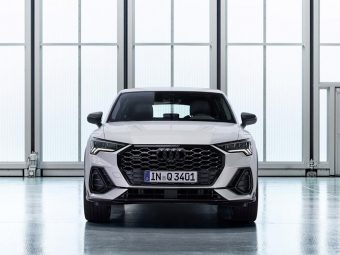You can find ten point and fifty point checklists to follow when inspecting a used car. But what is the average car buyer qualified to check when they’re inspecting a car? And what issues indicate serious problems that warrant a deeper inspection by a professional? Here are the top things you should always inspect when buying a used car. We’ll also explain why it is essential to inspect these things when buying a used car.
The VIN
The Vehicle Identification Number is necessary to look up the accident history and recall work done on Charlotte used cars. This information is often etched into the window, but it should also be on the window sticker. You’ll want to make sure the VIN on the car matches the one on the title and other records.
The Exterior of the Car

Don’t worry about little scratches and slightly discolored paint. Be worried about rust in the scratches and dents. Look for misaligned parts that could be signs the car has been in an accident but wasn’t repaired to like-new condition. Overspray and mismatched paint are another warning sign that the car was repaired and then repainted.
The Interior of the Car

This is another area where you don’t want to focus on the surface details. Instead, look for moldy floor mats and black stains on the carpet that suggest it has suffered water damage. Don’t buy a flooded vehicle.
Compare the wear and tear and age of the interior materials with the odometer. If there is a major discrepancy, have the car inspected by a mechanic.
The Control Board
First, turn the key into the accessory position before you start the engine. All the dashboard lights should turn on. If they don’t, this may mean that these warning lights aren’t working or there is a problem with the control board. Turn on the ignition and let the engine run. If warning lights come on, the car should be thoroughly inspected by a mechanic.

A test drive should not be a five minute drive around the block. You want to take the car on city streets and the highway. Take the car up to highway speeds, and find an open stretch where you can slam on the brakes a few times. Look for warning lights that come on that normally wouldn’t.
The Ground Under the Car after a Test Drive
Used cars are going to be cleaned up once they’re parked out on the lot. Take the car for a test drive to get a feel for how it handles. Then park it somewhere. Wait a few minutes, then check the ground under the vehicle. This is the best way to check for leaks. While air conditioner condensate is fine, oil leaks and other fluid leaks is a major red flag.
The Tires
No one wants to buy a car and then turn around and have to buy new tires. Furthermore, you don’t want to drive off in your new-to-you car and then find yourself stranded by the side of the road because there is no spare tire.
The average car buyer can identify thin tire tread. However, you’re should also look for uneven wear tread. For example, wear on only one tire or one side of the tires can indicate a problem with the alignment. Wear on the middle of the tires or the outside of the tires could mean they were improperly inflated, but they will need to be replaced










